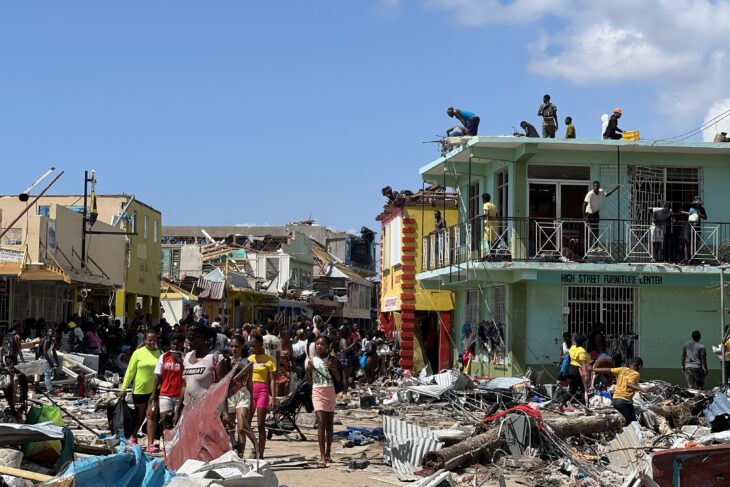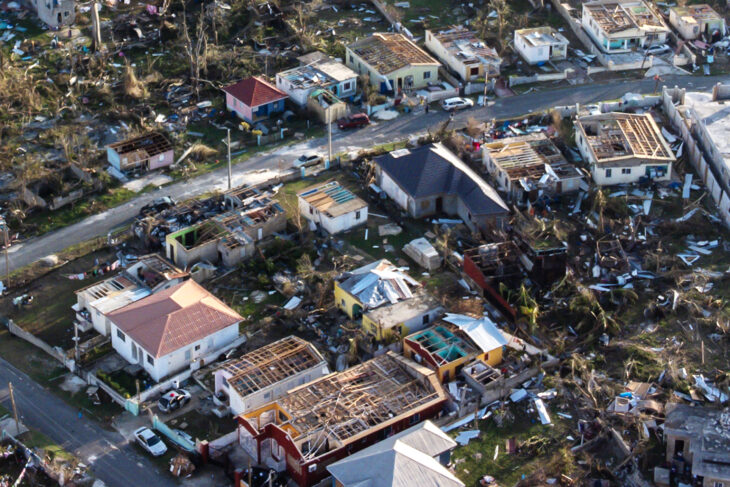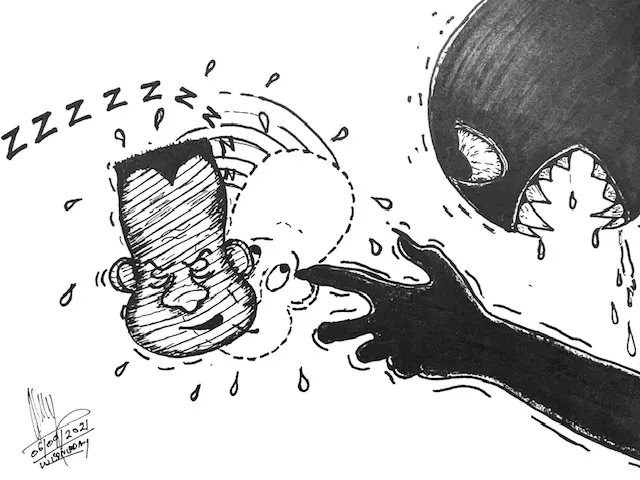 The recent modernization of Kingston’s road routes has “unearthed” several reactions from road users and from persons who have decided to protest the dislocation of their usual businesses.
The recent modernization of Kingston’s road routes has “unearthed” several reactions from road users and from persons who have decided to protest the dislocation of their usual businesses.
After two years or more, the motorists have had enough evidence to assure themselves that the final outcome is worth the inconvenience encountered during construction. There have been several examples: the widening of Washington Boulevard; the widening of Marcus Garvey Dr. from Three miles to Six miles; the two major highways; Barbican Rd.; Manor Park and Constant Spring.
These have been visible and progress can be seen, and for most Jamaicans “seeing is believing”. Most of us did not comprehend these works from the engineering drawings, or even the architects’ scale models. But we learned at about the same speed that the work unfolded.
However for those who have not had the benefit of having actually seen a completed project, then an unknown relocation is a terrible and frightening thing, and that foments protests based on feelings of betrayal and the lack of evidence of trust. This means the various market interests that are protesting have no vision of the destruction of their livelihood (one that has existed for 200 years).
Please understand this. In the aftermath of slavery the development of the peasant (hillside) farmer commenced. People moved to plots in the hills of St. Andrew and other interior mountainous regions. Here started the cultivation of crops and a way of earning a meagre but honest living, and a gentler community (to this day).
Where mountain met flatland became our own example of the famous “Silk Road” and in a similar way became the trading posts (markets) for agricultural produce. Traffic was not a consideration at that time. Goods came on person’s heads in baskets, balanced with a cloth headdress (as practiced in West Africa) to roadside markets. Displays of fruit and vegetables were colorful and well arranged. Fresh was the order of the days of no refrigeration.
From this simple and healthy trade came good health and maybe even a little prosperity. Then donkeys added to the volume of goods transported, followed by market trucks that allowed for delivery expansion to places like Half Way Tree, Cross Roads, and Coronation Market, and several others in major coastal areas.
Please understand that Constant Spring and Papine markets were among the original pre-trucking marketplaces and in the communities in the hills, little has changed and these places are among the friendliest and most crime-free areas. I am happy to live in that environment in cool Woodford. Therefore the trading grounds of those two markets are almost hallowed ground to many Jamaicans who sell there, and whose ancestors did the same. They have a right to be legitimately concerned.
Rural communities in the hills had some unique features that allowed for multiple sources of income that was enhanced by two-parent family. Let me simplify a diversified community economy in rural Jamaica.
Most families were in small farming. Crops included bananas, coffee, pimento, cocoa, ground provisions, assorted fruit, and goats and chickens. The first four had Commodity Boards who would pick up produce on an agreed schedule and pay in vouchers. This was an accepted form of exchange.
These activities started in the pre-dawn hours with Papa going to the field, and the bigger children tending to chores like feeding or tying out small animals or the occasional cow, before getting ready to go to elementary school. After they left, Papa would be home for his “cawfee tea, or chawclet tea” and a breakfast of “salt ting and food”. Mama washed the clothes and hung them out to dry. Then it was time to “bruk rock stone” and pile them up for the Public Works Department truck (now NWA), who used the cut stone as material for road foundations or retaining walls. They paid in vouchers, and this was an acceptable form of exchange.
The small shop or wholesale operated by the proverbial Mr. and Mrs. Chin was the retail bank of the community, and accepted the vouchers as payment for goods, and kept a record in the family’s grocery book (very much like a passbook savings account). In turn they were able to pay for goods from wholesalers or distributors, and finally accepted at Barclay’s bank, or the Canadian Banks. Cash sales at the market provided for small treats like sweets and the evening white rum. It was a diversified economy in a relatively crime-free environment and it was about progress with each generation through the 3R’s (education).
However, over the many decades, markets have changed in order to meet the health requirements that encompass the sale of fresh fruit, vegetables, and meat. The advent of refrigeration in homes and supermarkets has almost eliminated the need for daily shopping, and this is where the market model did not change. But change is upon us now and this is an opportunity to grasp the future. We need a modern Brixton that encourages the tactile happiness of fresh in a clean environment, to tingle the senses and promote local fresh consumption.
This is a ride into a future for greater production for export, and lower prices for local self-sufficiency, while complying with the regulations that govern today and the future. The old ways are preventing the smooth export of fruit and vegetables as in many ways we fail to meet the Phyto-sanitary procedures, and this may be a start for us to enter the modern world and reduce spoilage.
Close your eyes and imagine wandering through fresh flowers and plants, vegetables, fruits, small stalls for smoothies and other delights, restaurants, and a lot of convenient parking. A vision of the future that should have been shared with the persons at the market and started before the bulldozers rolled in and the people became terrified. That would have furthered the previous wins and created a real win-win opportunity. This could have been a starting point for relocating squatter communities.
This may be difficult for political and business leaders to really embrace as the poor are generally more malleable or expendable for their own purposes. But governance is about proposing paths to progress for the majority.
It may seem alright to ignore very dangerous signs. People who didn’t own cars joined those who did and blocked roads when gasoline reached J$ 11.00 per gallon (about J$3.00 per litre). So I urge all leaders to be aware that history is about to repeat itself, and the same revolutionary fervor and togetherness against injustice, grows everyday with the new young citizens.
Is this the famous “Tipping Point” with sudden consequences, or the slowly emerging tip of an iceberg? Please consider this carefully as leaders, for in accepting those roles, much is given and much is expected. It is the way of the world.
We need to step-up our game, our vision, and the methods of communicating goals to a population that need to see in order to believe and achieve. Therein lies the real challenge.



